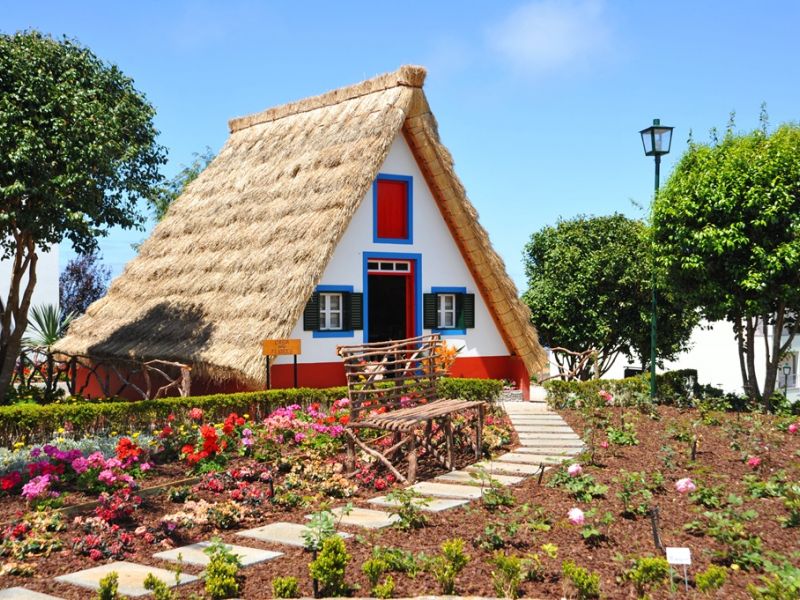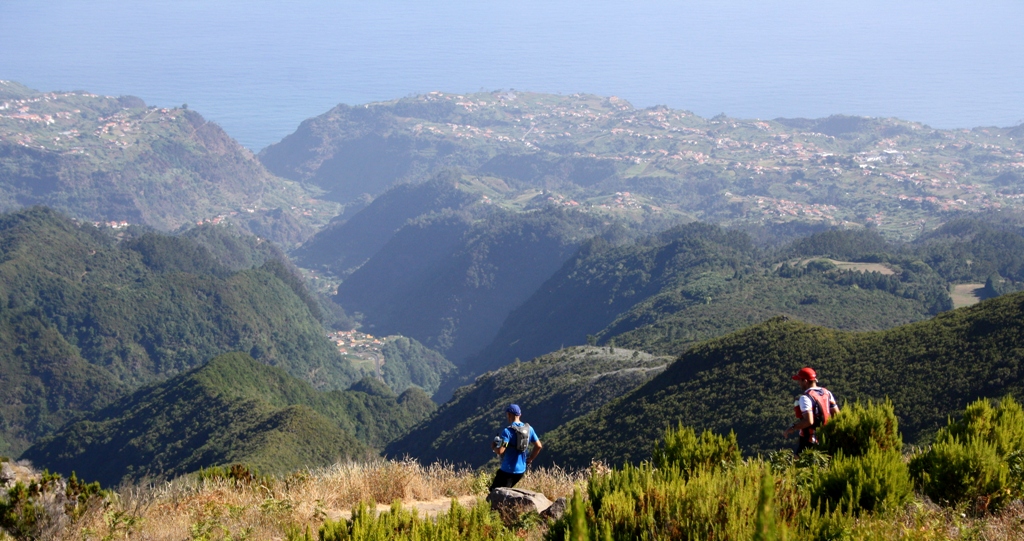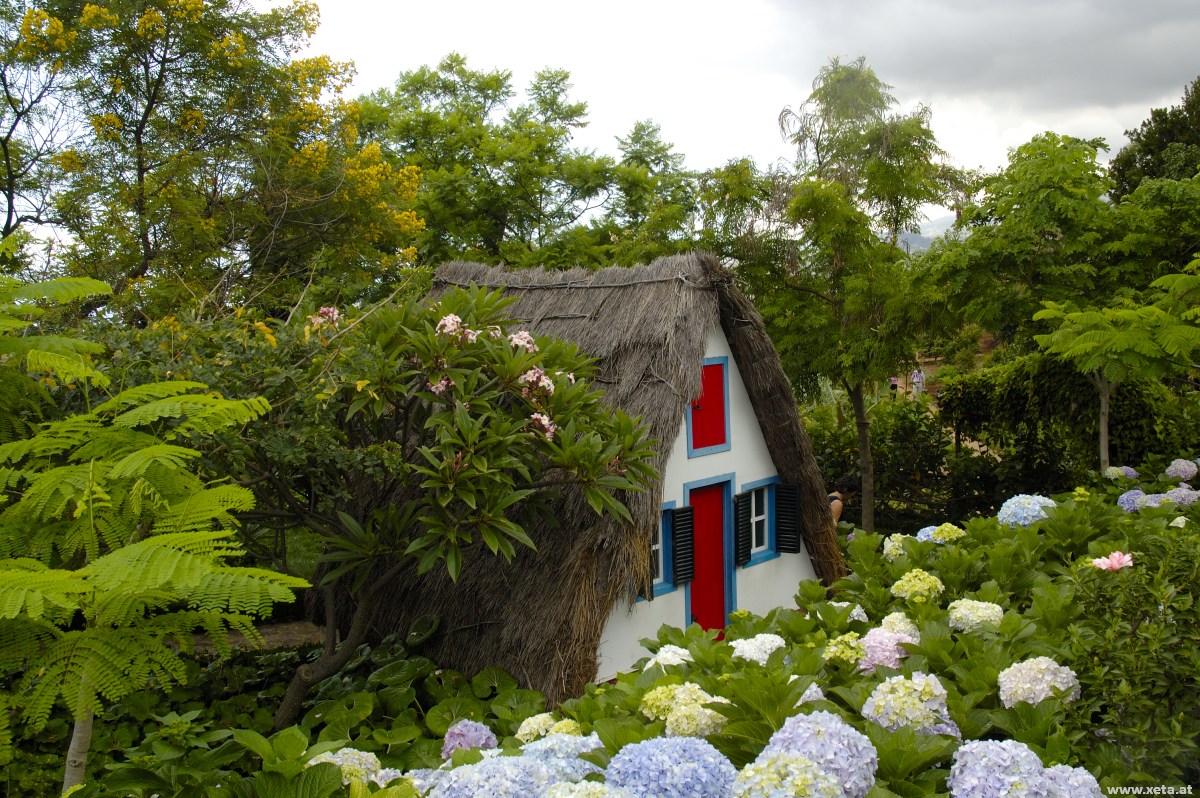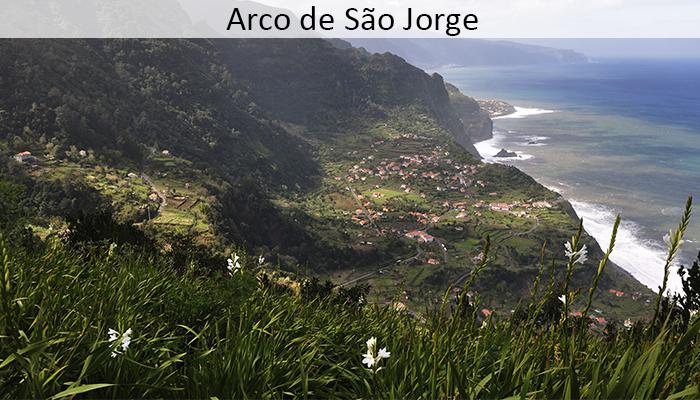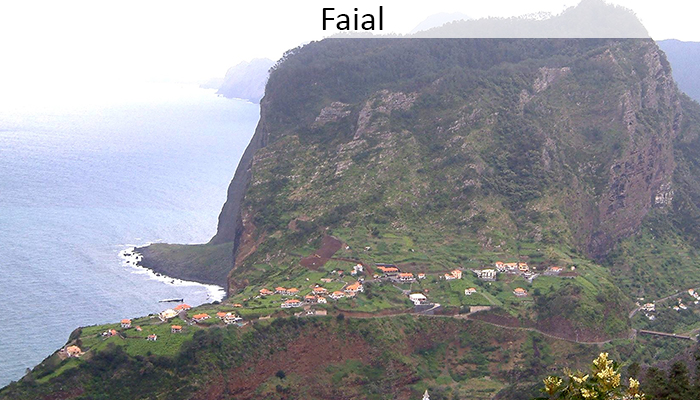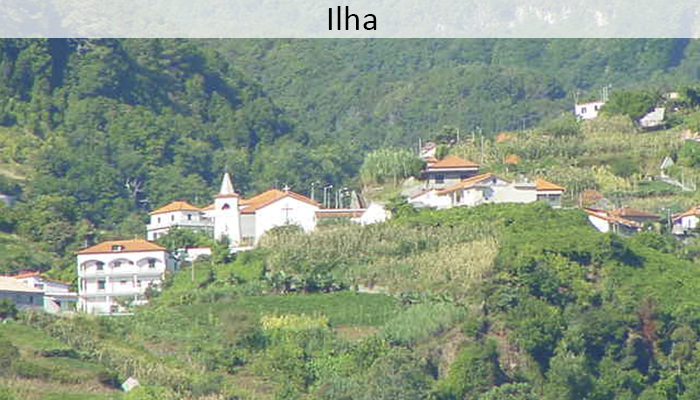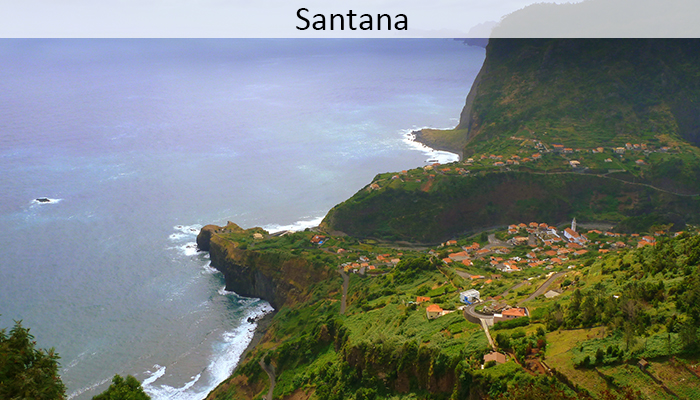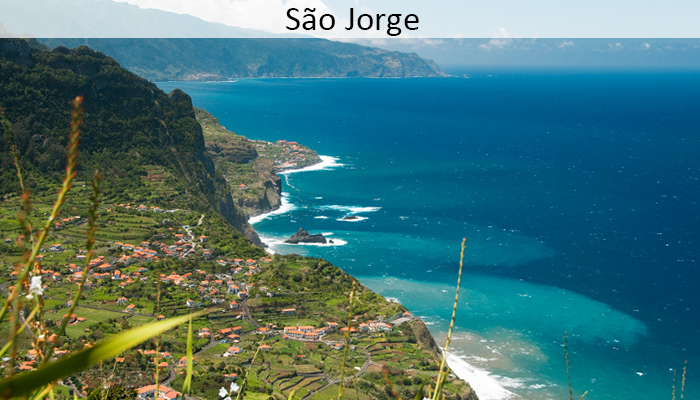Santana
On the north coast of the island of Madeira, is the Santana, is composed of the villages of Arco de São Jorge, Faial Island, Santana, São Jorge and São Roque do Faial. This county has long inaccessible time both by sea and by land, making its inhabitants preserve their characteristics, not suffering influences, for example, evident in the architectural style of their homes, with the ceiling covered with thatch, the famous ” Santana houses. ” Currently, the tourism industry is the main economic resource of this county. Noteworthy is the Madeira Theme Park and the Nature Reserve of Rocha do Navio as a mandatory stopping points.
In 2011, the county received the distinction of “Biosphere Reserve” by UNESCO, which recognizes the richness of its ecosystem, which aim to conserve biodiversity and the sustainable use and is integrated in a land area of Santana and even a marine component, represented a natural diversity and human landscape, environmental and cultural.
The name of Santa parish originates from a primitive chapel dedicated to Santa Ana, which is now the church. Here are the highest points of the island of Madeira, as the Red Peak, Pico das Torres and Pico do Areeiro. But it is worth highlighting the routes Biosphere extending over 120 kilometers, enabling the assessment of a vast natural and cultural heritage, from the Vereda do Pico Ruivo, Levada do Rei and Levada do Caldeirão Verde.
Built in 1550, the name of Faial parish comes from the concentration of beeches in this location. According to some historians, this parish with the St. George, would have been one of the first villages to be settled on the north coast. In beech stands out the bathing area of Foz da Ribeira do Faial, your kart track and a leisure area.
As the parish of Faial, if you believe that the parish of São Jorge have been one of the first to be settled on the north coast. The development of this parish took place from St. George Pebble, near the sea, in the early sixteenth century. Noteworthy is the Viewpoint of Cabanas that allows a view of the Arc of São Jorge and on days with good visibility you can see the island of Porto Santo. It also highlights the Levada do Rei Rail, in which it travels through a forest area, offering magnificent views over farmland São Jorge and Santana.
The parish of São Roque do Faial was created in 1848, extending from the floor of the Ribeira to Areeiro Peak. The name of this parish came from a former chapel patron who later originated the first church in Chão da Ribeira. Also of note is the Brook Forest Park Cold composed of several forest endemic species and farmed trout, and here also starts one taken, the Vereada of balloons, a path which leads to the Levada da Serra do Faial, reach the Balcões and can observe the views of the valley of the Ribeira da half.
The name of Arco de São Jorge parish came from the arc shape of the mountains that surround it. This parish is the smallest of Santana, but has one of the largest collections of rosebushes in Portugal, with over a thousand species of roses. In this village still stands the Museum of Vine and Wine, the Viticulture Experimental Field Arco de São Jorge, a former winery, utensils lying still installed used in viticulture and processes of wine production, over the decades. You exterior is a space with gardens, shrubs and trees of the laurel and leisure facilities, which allow contact with natural and rich heritage of this parish.
The latest parish of the municipality is the island, established in 1989, its name comes from the fact of being located in an isolated space, recalling an island. Its greatest asset is nature, especially nature reserves from Achada do Marques the Green Cauldron, which feature beautiful waterfalls and excellent geological heritage. Also of note is the Ponchilha, a drink of this parish.
